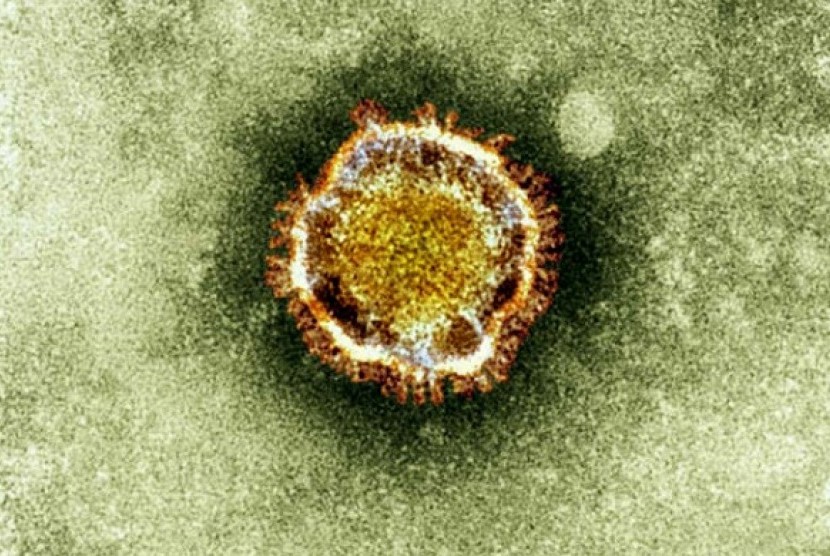REPUBLIKA.CO.ID, Here's a crash course in what we know so far about corona virus and H7N9:
Q: How are humans getting infected by the new coronavirus?
A: Scientists don't exactly know. There is some suggestion the disease is jumping directly from animals like camels or goats to humans, but officials are also considering other sources, like a common environmental exposure. The new coronavirus is most closely related to a bat virus, but it's possible that bats are transmitting the disease via another source before humans catch it.
Q: Can the new coronavirus be spread from human to human?
A: In some circumstances, yes. There have been clusters of the disease in Saudi Arabia, Jordan, Britain and now France, where the virus has spread from person-to-person. Most of those infected were in very close contact, such as people taking care of a sick family member or health workers treating patients. There is no evidence the virus is spreading easily between people and all cases of human-to-human transmission have been limited so far.
Q: How are people catching the bird flu H7N9?
A: Some studies suggest the new bird flu is jumping directly to people from poultry at live bird markets. Cases have slowed down since Chinese authorities began shutting down such markets. But it's unclear exactly what kind of exposure is needed for humans to catch the virus and very few animals have tested positive for it. Unlike the last bird flu strain to cause global concern, H5N1, the new strain doesn't appear to make birds sick and may be spreading silently in poultry populations.
Q: What precautions can people take against these new viruses?
A: WHO is not advising people to avoid traveling to the Middle East or China but is urging people to practice good personal hygiene like regular hand-washing. "Until we know how and where humans are contracting these two diseases, we cannot control them," said Gregory Hartl, WHO spokesman.
Q: Which virus should we be more worried about?
A: It's impossible to know. "We really don't want to play the game of predicting which virus will be more deadly than the other," Hartl said. At the moment, both are worrisome since so little is known about how they are infecting humans and both appear to cause severe disease. "Any virus that has the ability to develop the capacity to spread from human to human is of great concern to WHO," he said.


